When I stepped onto Kythnos, a wave of calm washed over me. It felt like I’d slipped into a time when Greek island life moved slower.
Kythnos really stands apart from the busy tourist hubs, offering untouched beaches, quiet villages, and a kind of authenticity that’s tough to find elsewhere in the Greek islands. No crowds jostled for photos—just the easy joys of local bakeries, friendly faces, and wild, unspoiled nature.
Exploring the island felt like an adventure. I wandered narrow whitewashed streets, found blue-domed churches, and swam in hidden coves.
Time slipped away as I followed coastal paths or shared a meal with locals at a seaside taverna.
Rediscovering the Heart of Kythnos: Slower Rhythms and Genuine Community
Kythnos feels different from the packed Cycladic islands. Its slow pace and sense of community really stand out.
I noticed true connections between people. Old customs still shape daily life here.
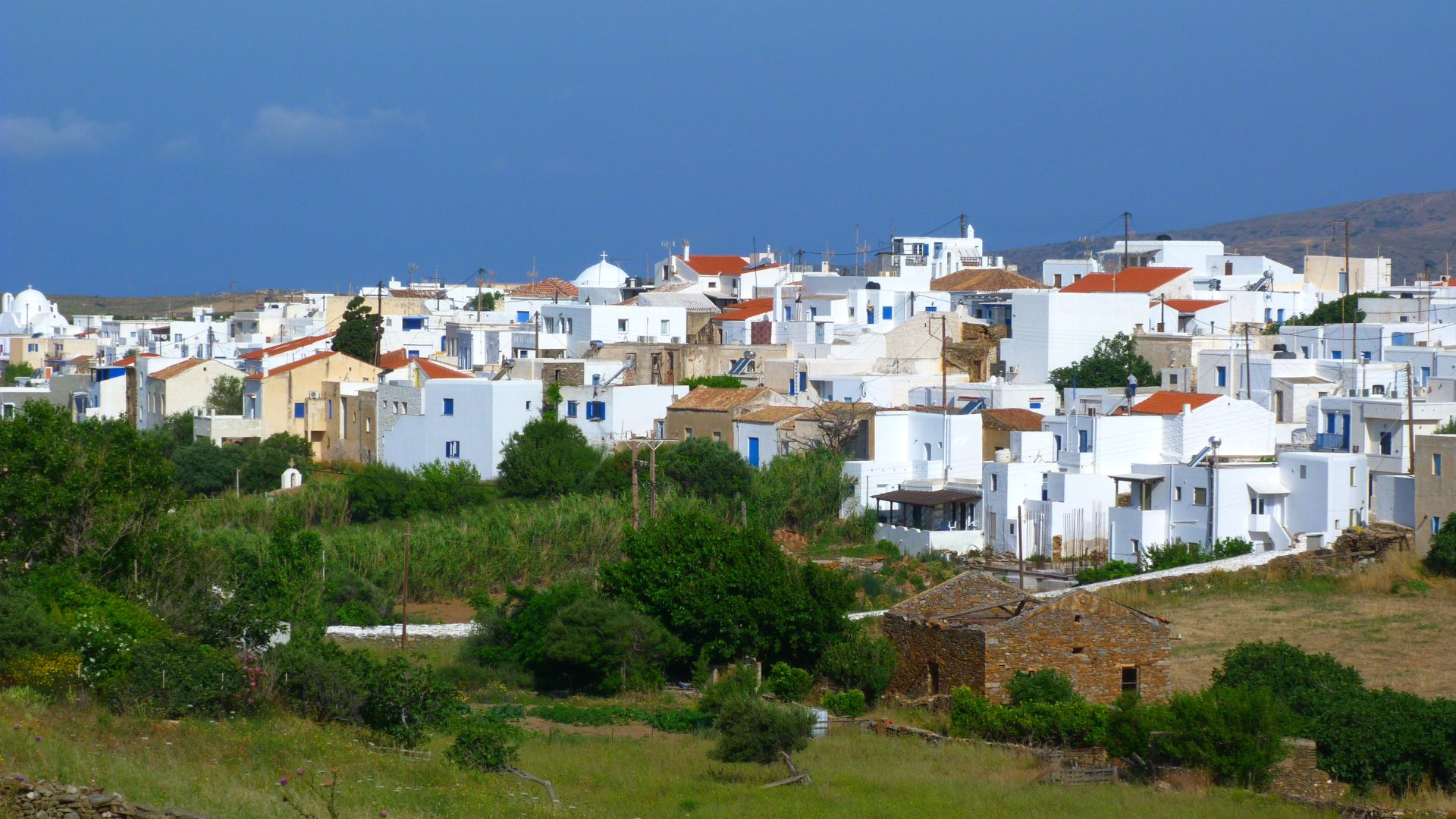
Warm Hospitality and Local Customs
From the first moment, the islanders’ warmth struck me. Locals greeted me with real smiles, always ready to help or offer advice.
At tiny cafes or along quiet alleys, conversations started easily—even when we barely shared a language.
Some customs are simple, like sharing homemade treats or offering raki to welcome you. Others show off those strong Mediterranean family ties.
A few times, strangers invited me to join their family dinners. Those meals—local cheeses, fresh fish, olive oil—always came with laughter and stories.
Kythnos’ support network feels woven into every day. Neighbors look after each other’s kids, and shop owners remember your face.
I never felt like just a customer. I felt more like a guest who’d come home.
Village Life and Timeless Traditions
Villages like Chora and Driopida move at a pace that seems unchanged for generations. Narrow stone lanes, blue-and-white houses, and shady squares set the vibe.
Afternoons drifted by as older men played backgammon. Women gathered to share news and folklore.
Traditional festivals, or panigyria, bring the whole island together. Music, dance, and foods unique to Kythnos fill the air.
I ended up at one in a tiny chapel courtyard, dancing with people of all ages beneath strings of lights.
Ancient customs live on—from baking bread in outdoor ovens to weaving and pottery. Even just greeting everyone I passed reminded me: village life here is all about connection.
The steady rhythm of Kythnos nudged me to slow down, notice small joys, and feel part of the island’s story.
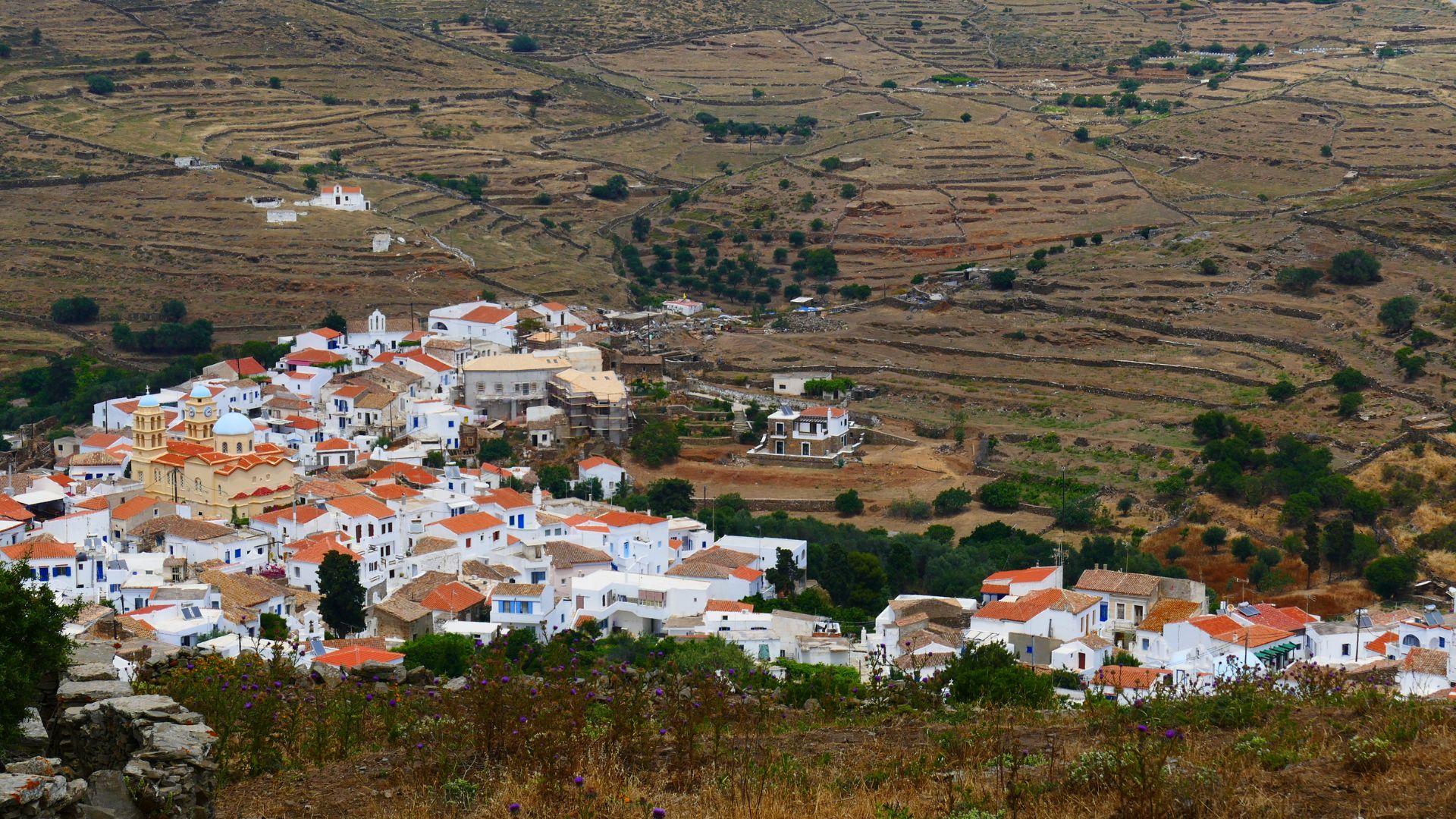
Preserving Innocence: Kythnos’ History Through Time
As I wandered Kythnos, I could sense time stretching back through every whitewashed alley. The island’s past lingers in ancient myths told on windy hillsides and in quiet chapels.
Ancient Roots and Mythology
Kythnos gets its name from an ancient king—a Dryopian leader, according to legend. The Dryopians settled here after leaving Euboea.
Herodotus wrote about these people and the island. When I walked among old ruins, I often pictured ceremonies once held for gods like Ares, Hermes, Artemis, and Dionysos.
Old stories say shrines to Artemis and Hermes once stood here. The caves and sea cliffs fit those myths—feasting gods, bold heroes, all that.
Locals sometimes point out stones or hills where certain tales supposedly happened. Storytelling feels alive on Kythnos.
What really gets me is how daily life still weaves in myth and age. The wind off the Aegean, the shapes of old settlements—they echo the classics.
It’s a feeling I can’t quite shake.
Legacy of the Roman and Latin Empires
The Roman Empire left its mark on Kythnos. You can still find traces of Roman baths in Loutra, the village famous for its hot springs.
Romans brought new technologies, and their influence lingers in old stone arches and mosaic floors.
Later, after Rome fell, Latin rulers took over. Feudal lords built little fortresses, now half-hidden under wildflowers and thyme.
I love exploring these places. Each stone seems to hold a story.
Unlike big cities, the marks of empires here feel quiet and hidden.
This layering of history—Romans, then Latin rulers—shapes how people farm, build, and celebrate. It shows how Kythnos kept its heart true to local ways.
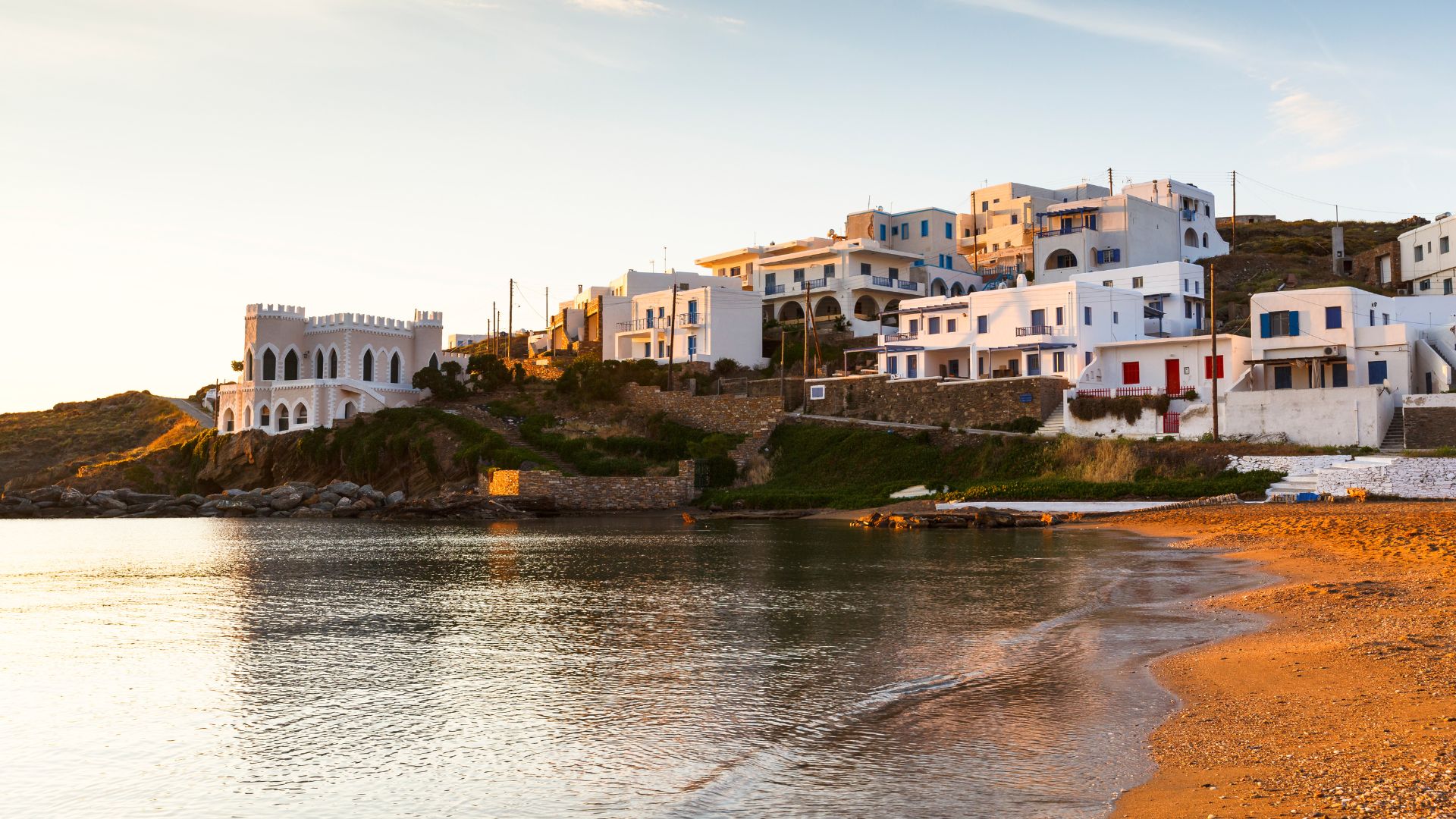
Influence of Christianity and Folklore
Christianity took root early on Kythnos. The island is full of small chapels and centuries-old churches, each with its own icons and whispered legends.
Many date back to the Byzantine years. The Church of Panagia Kanala, perched above the sea and surrounded by tamarisks, felt especially peaceful to me.
Easter here is something else—candles glowing, hymns filling the night.
Christianity blends with local folklore. Saints and old gods even share space in stories told by elders.
In the small villages, I noticed traditions survive in feast days, dances, and foods blessed at church.
Watching a festival, I realized these customs aren’t just for tourists. They’re part of real life.
The way Christian faith mixes with old island stories gave me a glimpse of innocence preserved through living, not just remembering.
Experiencing Old-World Greece: Unspoiled Landscapes and Traditional Activities
Kythnos opened up a side of the Cyclades that felt untouched. Simplicity, authenticity, and beauty seemed to fill every moment I spent exploring its hills, villages, and coasts.
Secluded Beaches and Navigable Paths
On the quiet shores of Kythnos, I felt like I’d found secret corners that most travelers miss.
Beaches like Kolona and Apokrousi rarely see big crowds. I walked along winding dirt paths, always with the sea in view and the scent of wild thyme in the air.
Sometimes I’d sit alone on soft sand, listening to nothing but waves. Old trade routes, now walking trails, link beaches to hilltop villages and thermal springs.
I explored at my own pace, never rushed, always finding something new.
Maps and guideposts are rare, so I relied on tips from locals. Their advice led me to hidden coves, shaded fig-lined paths, and views straight out of another century.
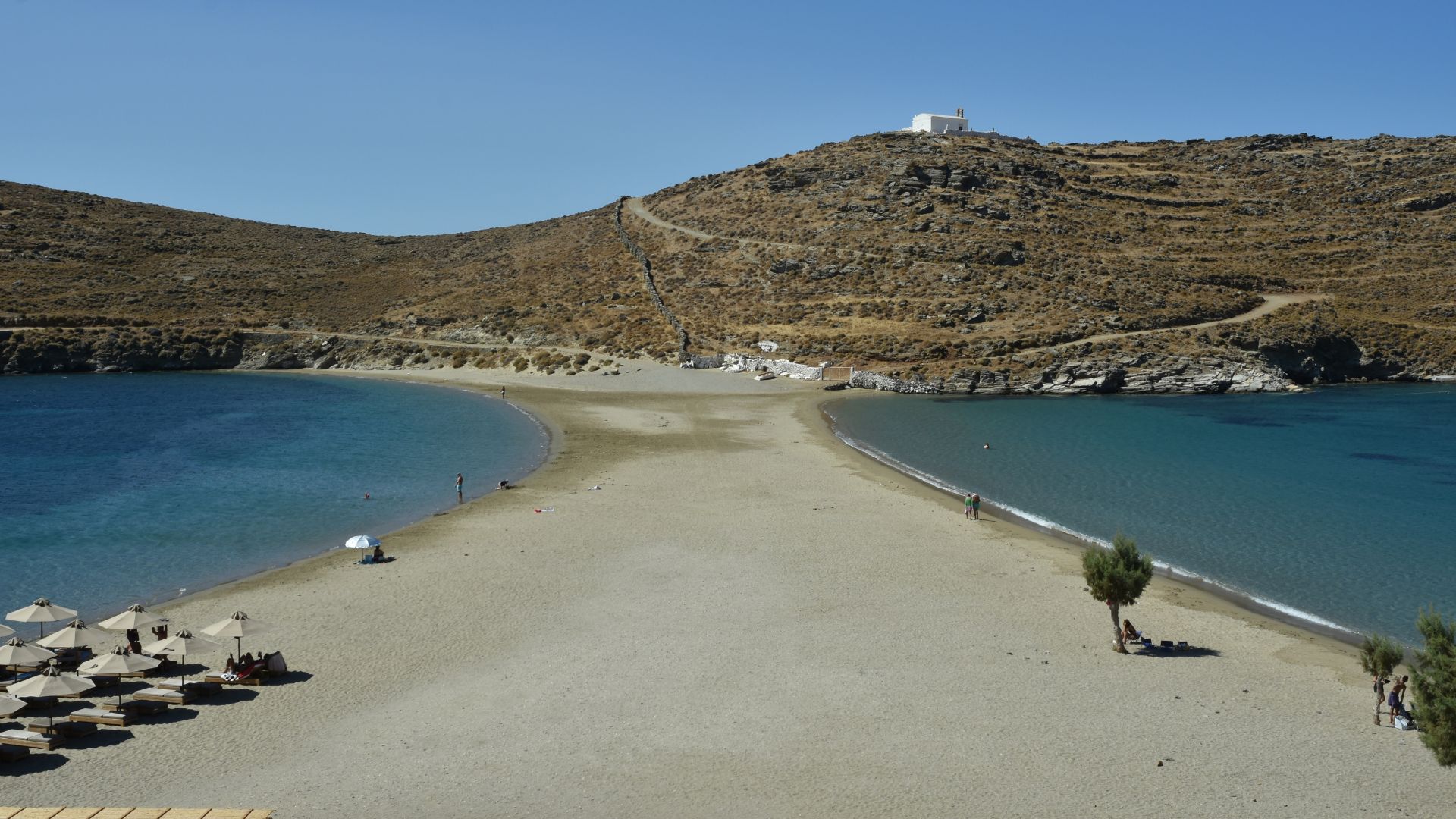
Cycladic Architecture and Village Markets
The whitewashed houses in Kythnos’ villages look much as they must have generations ago.
Driopida and Chora are full of stone-paved lanes twisting between homes, chapels, and cozy squares.
Each morning, sunlight bounced off blue-shuttered windows, making everything look brighter and somehow frozen in time.
I wandered through open-air markets selling fresh produce and handmade goods.
Old women sold jars of thyme honey and woven baskets. Every exchange felt honest and neighborly.
The markets felt more like gathering spots than shopping places—everyone seemed to know each other.
As I browsed, I learned about daily life, village traditions, and how Cycladic homes stay cool in the summer.
Little details—painted doors, hidden courtyards, communal benches—helped me see how Kythnos holds onto its heritage.
The villages didn’t feel like museums. They felt alive, shaped by centuries of trade and cultural twists.
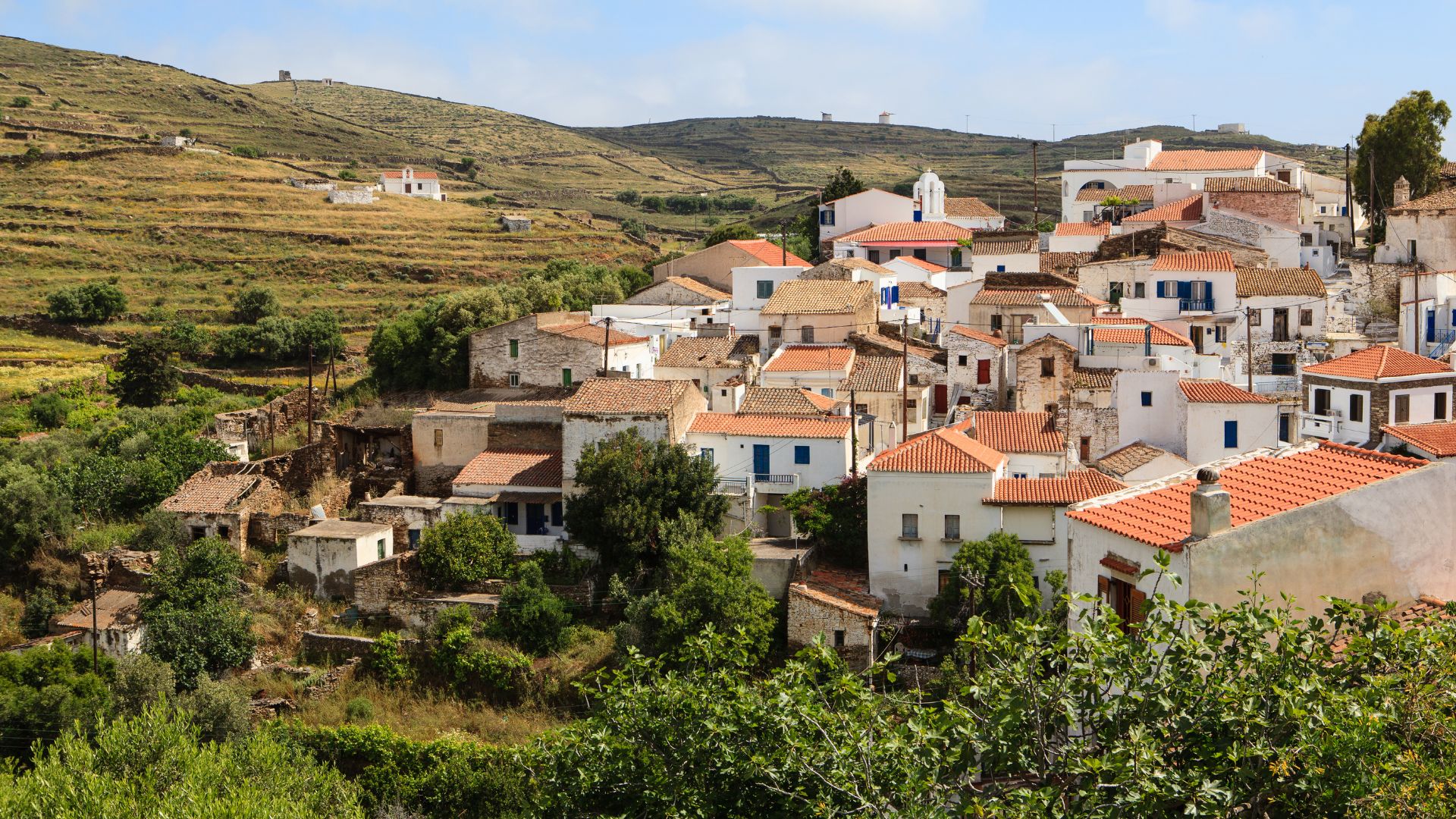
Cultural Festivals and Local Cuisine
Stumbling into a village festival on Kythnos gave me a taste of local life.
During the summer, I joined the celebration for the island’s patron saint. People danced to live folk music, shared wine, and welcomed strangers—including me—with open arms.
Kythnos’ food surprised me. At a taverna in Chora, I tried grilled octopus and sfougato, the island’s cheese fritters.
Seafood came straight from the night’s catch. Tables overflowed with baked goods, olives, and capers.
Locals take pride in their recipes, passing them down through families. Sharing a home-cooked meal or festival treat, I felt connected to the past.
These small celebrations showed me that culture survives in daily rhythms, shared recipes, and the warmth that greeted me everywhere.
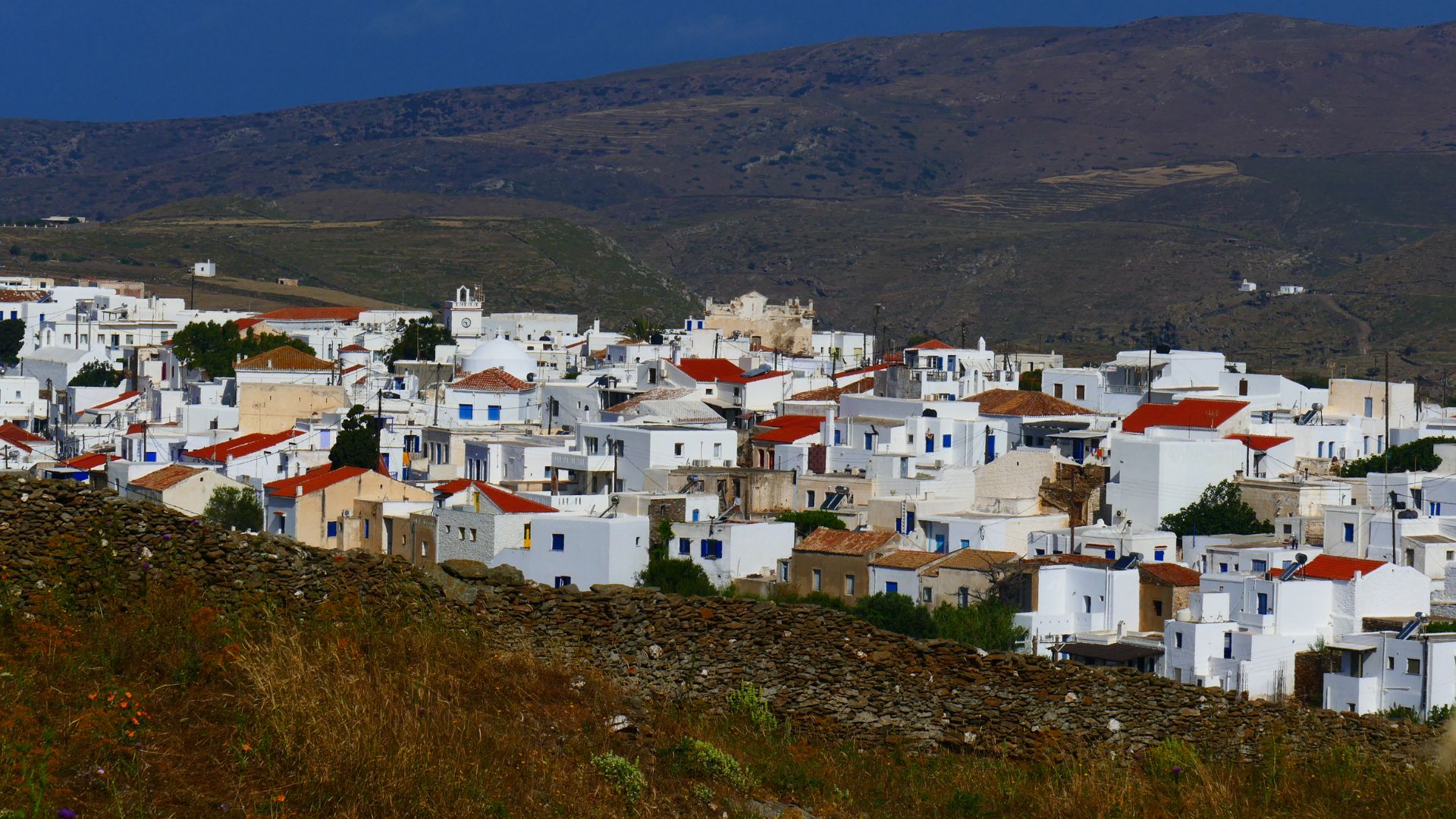
Kythnos in Contrast: A Gentle Escape from the Bustle of Modern Greek Islands
Kythnos stands out for its peaceful pace and genuine atmosphere. Unlike the busier Greek islands, it keeps its laid-back character, charming villages, and simple traditions.
Comparisons with Mykonos and Santorini
Mykonos and Santorini are famous—cruise ships, nightlife, trendy beach clubs, all that. I remember crowds, packed cafes, and noise that lasted late into the night.
The scenery is stunning—Santorini’s caldera, Mykonos’ white alleys—but the rush never stops.
On Kythnos, I traded that buzz for slow mornings and quiet, sandy coves. No tourist hordes here.
Instead, I met a few friendly locals, fishermen mending nets, and hills dotted with grazing goats.
Getting around is simple: buses, rental cars, or hiking. Public beaches stay unspoiled and rarely crowded.
It’s easier to connect with the island on your own terms.
Nightlife is quiet. Most evenings, I ate freshly caught fish in a small seaside taverna.
The quiet nights matched the gentle mood of Kythnos—no thumping music, just the sound of the sea.
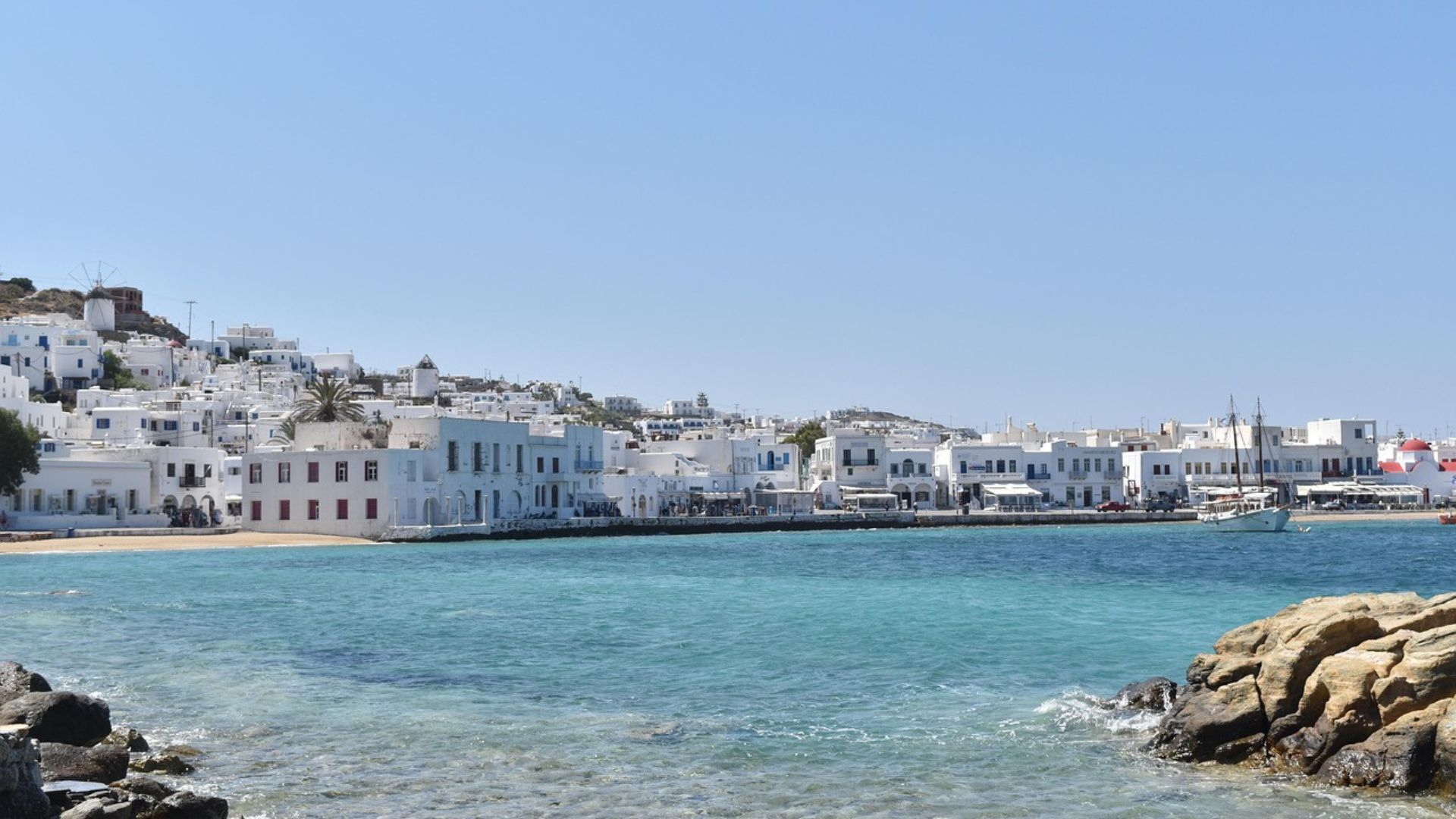
Neighbors in Nostalgia: Kea, Syros, and Serifos
Kythnos shares its sense of tradition with quieter neighbors like Kea, Syros, and Serifos.
Kea’s oak forests and stone paths bring old-world charm. Syros, though bigger, mixes Venetian homes with lively markets and still feels local.
Serifos, with steep hills and calm beaches, echoes Kythnos’ slower pace.
All these islands remind me of the Cyclades before mass tourism. Locals greet you as you pass.
Time matters less, and ancient customs are still alive.
This feels different from islands like Naxos or Paros, which buzz with vibrant towns and lively waterfronts.
On Kythnos and its nostalgic neighbors, life ticks by with the sun and the sound of church bells.
Unique Qualities That Spur the Longing to Return
Kythnos keeps pulling me back with its untouched beaches—over 70, many only reachable by foot or boat.
Loutra’s thermal springs invite quiet relaxation at sunset.
Chora and Dryopida charm visitors with narrow lanes, blue doors, and hidden bakeries.
Unlike its neighbors, Kythnos rarely shows up in travel magazines. But its simplicity is what makes it special.
No rush. No pressure to see or do everything.
I swam alone in hidden coves, watched grandmothers thread beads outside white-washed homes, and lingered over coffee in the morning sun.
It’s this gentle, unhurried feeling—the chance to truly slow down—that sticks with me long after I leave.
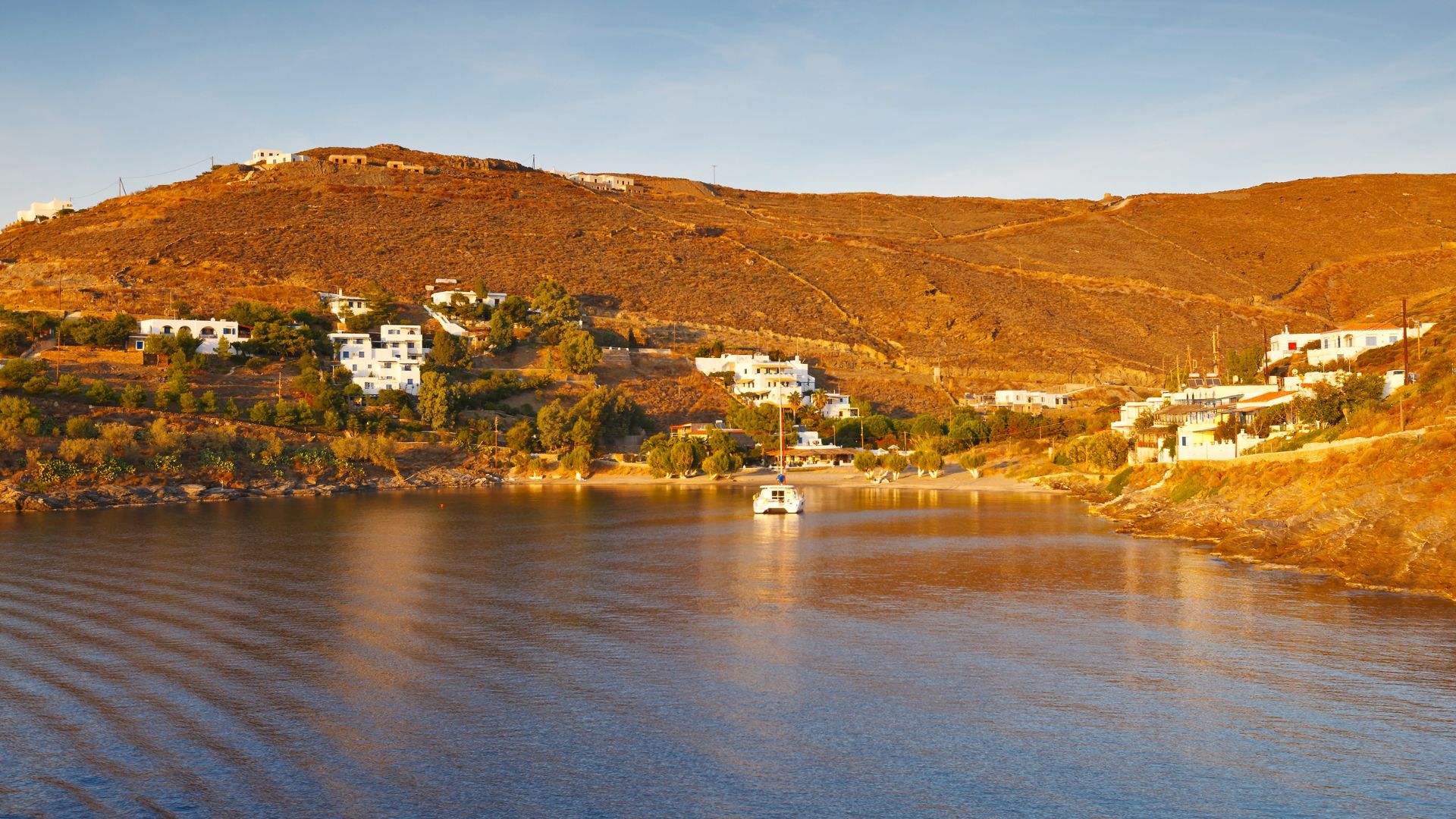
A Sense of Belonging: Connection, Memory, and the Allure of Simplicity
Kythnos drew me in, and honestly, it didn’t feel like any other island I’ve visited. The slower pace and gentle energy left space for memories, quiet moments, and even new dreams I didn’t know I had.
Dreaming and Imagination on Kythnos
As I wandered through the narrow lanes, my mind started drifting in unexpected directions. Stone houses with blue doors caught my eye, and tiny churches peeked out from behind blooming bougainvillea.
The island’s simplicity gave me room to actually daydream. Without crowds hurrying me along, I noticed the little things—a fisherman fixing his nets, kids laughing in the plaza, that faint sound of music floating from a radio somewhere down the street.
Those sights pulled me back to memories from my own childhood. I found myself imagining stories about the people who live here, wondering what their days are really like.
Kythnos helped me slow down and just exist in the moment. I never felt rushed, or pressured to be anywhere else. Local life moved at its own pace, and I watched villagers support each other in quiet, practical ways—sharing food, exchanging advice, or just offering a kind word.
Letting go felt natural here. I could just be myself. That gave me a sense of freedom I didn’t realize I was missing.
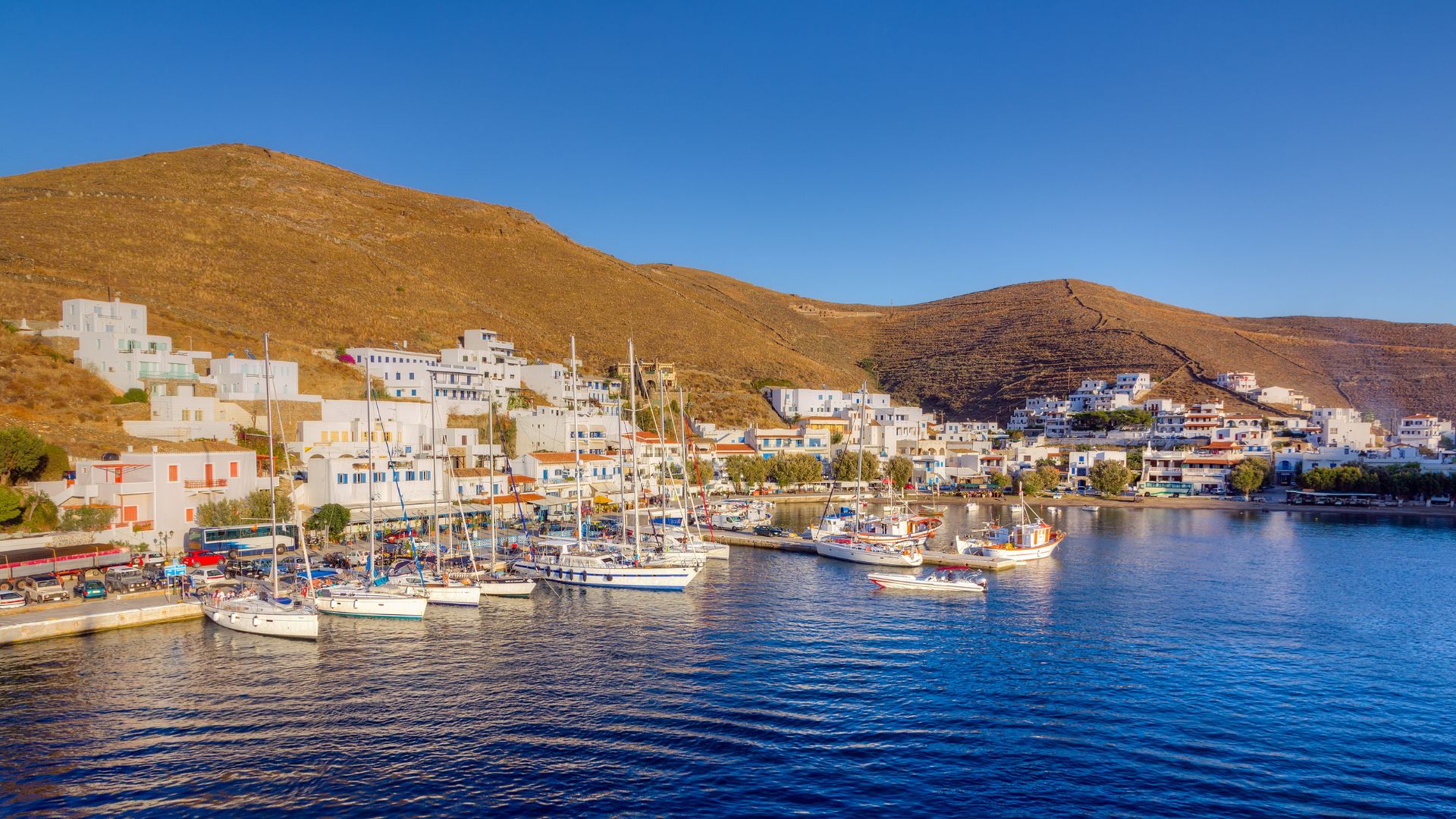
Finding Patience and Contentment
Patience just sneaks up on you in a place like Kythnos. I started waiting for the baker’s van every morning, kind of looking forward to it, honestly.
Meals moved at their own pace, and I learned to go along with the slow rhythm. Those empty stretches of pebble beaches? No rush at all—just me, the sea, and time.
Simple routines gave each day a little meaning. Lists and clocks faded into the background.
My mind finally rested with the steady waves, the sun’s warmth, and that soft, fragrant air. Contentment sort of crept in, shaped by how I connected with the land and the people.
I felt welcomed in a way that surprised me—not just as a tourist, but almost like I belonged. With fewer distractions, I actually had time for real conversations and listening.
I didn’t need much to feel happy here. My heart felt supported, and, honestly, the sense of belonging made me want to come back.

